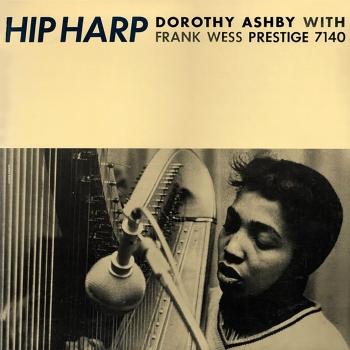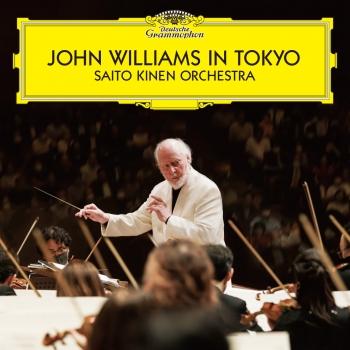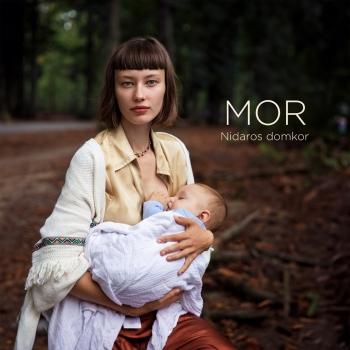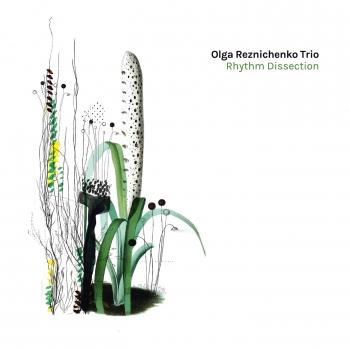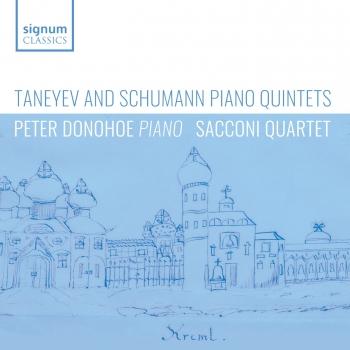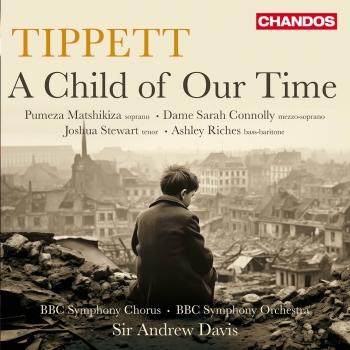
Bartok: Violin Concerto No. 2 & Concerto for Orchestra Augustin Dumay
Album info
Album-Release:
2016
HRA-Release:
27.04.2016
Label: PM Classics / Onyx
Genre: Classical
Subgenre: Concertos
Artist: Augustin Dumay, Orchestre symphonique de Montréal & Kent Nagano
Composer: Béla Bartók (1881-1945)
Album including Album cover Booklet (PDF)
- Béla Bartók (1881-1945): Violin Concerto no.2, Sz.112
- 1I. Allegro non troppo17:25
- 2II. Andante tranquillo10:29
- 3III. Allegro molto13:22
- Concerto for Orchestra, Sz.116
- 4I. Introduzione (Andante non troppo – Allegro vivace)10:31
- 5II. Presentando le coppie (Allegro scherzando)06:31
- 6III. Elegia (Andante non troppo)08:09
- 7IV. Intermezzo interrotto (Allegretto)04:28
- 8V. Finale (Pesante – Presto)10:32
Info for Bartok: Violin Concerto No. 2 & Concerto for Orchestra
Bartók's Violin Concerto No.2 was commissioned in 1936 by the eminent Hungarian violinist Zoltán Székely, a personal friend and frequent recital partner of the composer. It is a work that takes the virtuosity and melodic richness of the Romantic concerto tradition and recasts it in the terms of Bartók's own, highly personal idiom, with all its contradictions - spiky yet warm, bold and yet contained. The violin concerto is paired with the Concerto for Orchestra, a work that embodies a perfect synthesis of all the elements of Bartók's mature style. By virtue of its accessibility, it brought him a far wider audience than he had previously known. French violinist Augustin Dumay is the soloist in the violin concerto, joined by Kent Nagano leading the Montréal Symphony Orchestra.
When the eminent Hungarian violinist Zoltán Székely, a personal friend of the composer’s, as well as a frequent recital partner, commissioned Bartók to write a concerto in the summer of 1936, it was, according to the violinist’s recollection, a large-scale, one-movement, variation form, that Bartók was keen to explore. Székely, however, was more interested in having a conventional three-movement piece to add to his repertoire, and Bartók duly acquiesced, composing a work that takes the virtuosity and melodic richness of the Romantic concerto tradition and recasts it in the terms of his own, highly personal idiom, with all its contradictions – spiky yet warm, bold and yet contained. Bartók had made a late decision to leave Hungary, well after the outbreak of World War II, had been given a research post at Columbia University in New York, and embarked on concert and lecture tours across the US. But the Columbia post was soon curtailed, and Bartók’s rapidly deteriorating health snuffed out his concert career. The American performing rights society ASCAP took on financial responsibility for the composer’s healthcare, and two of Bartók’s fellow émigrés, Szigeti and the conductor Fritz Reiner, persuaded the conductor of the Boston Symphony Orchestra, Serge Koussevitzky, to commission an orchestral piece. Convalescing at Saranac Lake, New York, in the summer and early autumn of 1943, Bartók wrote his 'Concerto for Orchestra', the perfect synthesis of all the elements of his mature style, and by virtue of its accessibility, the piece that brought him a far wider audience than he had previously known.
“The Concerto for Orchestra gets an upright and straight ahead performance, flecked with the string suppleness and woodwind finesse of mighty Montreal recordings of yore.” (The Guardian)
Augustin Dumay, violin
Orchestre symphonique de Montréal
Kent Nagano, conductor
 Augustin Dumay
Augustin Dumay
has in recent years stood out as one of the most talented artists of his generation. The Strad Magazine described him recently as the “legitimate heir to the royal Belgian line of Ysaye, Dubois and Grumiaux,” who was his mentor.
International recognition came in 1979 when Herbert von Karajan invited Augustin Dumay to play as a soloist at a gala concert in Paris with the cellist Yo-Yo Ma. Augustin was then immediately invited to play Bartok’s second concerto with the Berlin Philharmonic Orchestra and Sir Colin Davis, a concert that elicited unanimous accolades from the audience and the critics.
His international career has gone from strength to strength ever since. He plays regularly with the greatest orchestras in the world, including the Berlin Philharmonic, the Japan Philharmonic, the London Symphony Orchestra, the Amsterdam Royal Concertgebouw Orchestra, the Los Angeles Philharmonic, the Montreal Symphony Orchestra, the Suisse Romande Orchestra, the National Orchestra of France, the English Chamber Orchestra, the Gustav Mahler Chamber Orchestra and many others, under the most famous conductors: Sir Colin Davis, Seiji Ozawa, Charles Dutoit, Kurt Sanderling, Wolfgang Sawallisch, Christoph von Dohnanyi, Gennadi Rozhdestvensky, Frans Brüggen, Emmanuel Krivine, Kurt Masur, etc. An exceptional chamber musician, he also likes to conduct the orchestras with which he performs as a soloist.
Augustin Dumay has given recitals in the most prestigious halls and series in the world, such as the Concertgebouw in Amsterdam, the Palais des Beaux-Arts of Brussels, the Queen Elizabeth Hall, Wigmore Hall, Barbican Hall, La Scala in Milan, the Berlin Philharmonic or the Théâtre des Champs Élysées. He has also performed at the festivals of Montreux, Bath, Berlin, Lucerne, Aix-en-Provence, Leipzig, Montpellier, Ravinia and Mostly Mozart (Lincoln Center) in New York. He has toured countless times in Japan and South-East Asia.
Augustin Dumay was artistic director of the Menton Music Festival between 2002 and 2005. Since 2003, he has been the principal conductor of the Royal Chamber Orchestra of Wallonia, to which he gives international prominence with major projects in Europe, Asia or South America. He teaches at the Queen Elizabeth College of Music, where he prepares young talented violinists for an international career as top musicians.
His recordings are available at Deutsche Grammophon and EMI. Many have won the most prestigious prizes: Grand prix du Disque, Gramophon Award, Grammy Award, Victoire de la Musique. His most recent recordings, Beethoven’s complete sonatas for piano and violin with Maria João Pires and Mozart’s works for violin and orchestra (soloist and conductor of the Salzburg Camerata), have been very warmly received by the press. A Chausson-Ravel record with Jean-Philippe Collard and the Wallonia Chamber Orchestra is in production. Just recently, his recording of Philippe Hersant’s concerto for Radio France was awarded a prize and went to press.
Augustin Dumay’s projects include a series of concerts on three continents for Mozart Year (2006), the recording of Mozart’s sonatas with Maria João Pires and the production of a DVD at the Forbidden City in Beijing with the Wallonia Chamber Orchestra. He will also perform concertos soon with the Rotterdam Philharmonic, the Philharmonie de Radio France, Kyoto Symphony, Amsterdam Sinfonietta, Sinfonia Varsovia, Berliner Symphoniker, Orchestre de Chambre de Lausanne, the English Chamber Orchestra and the China Philharmonic.


